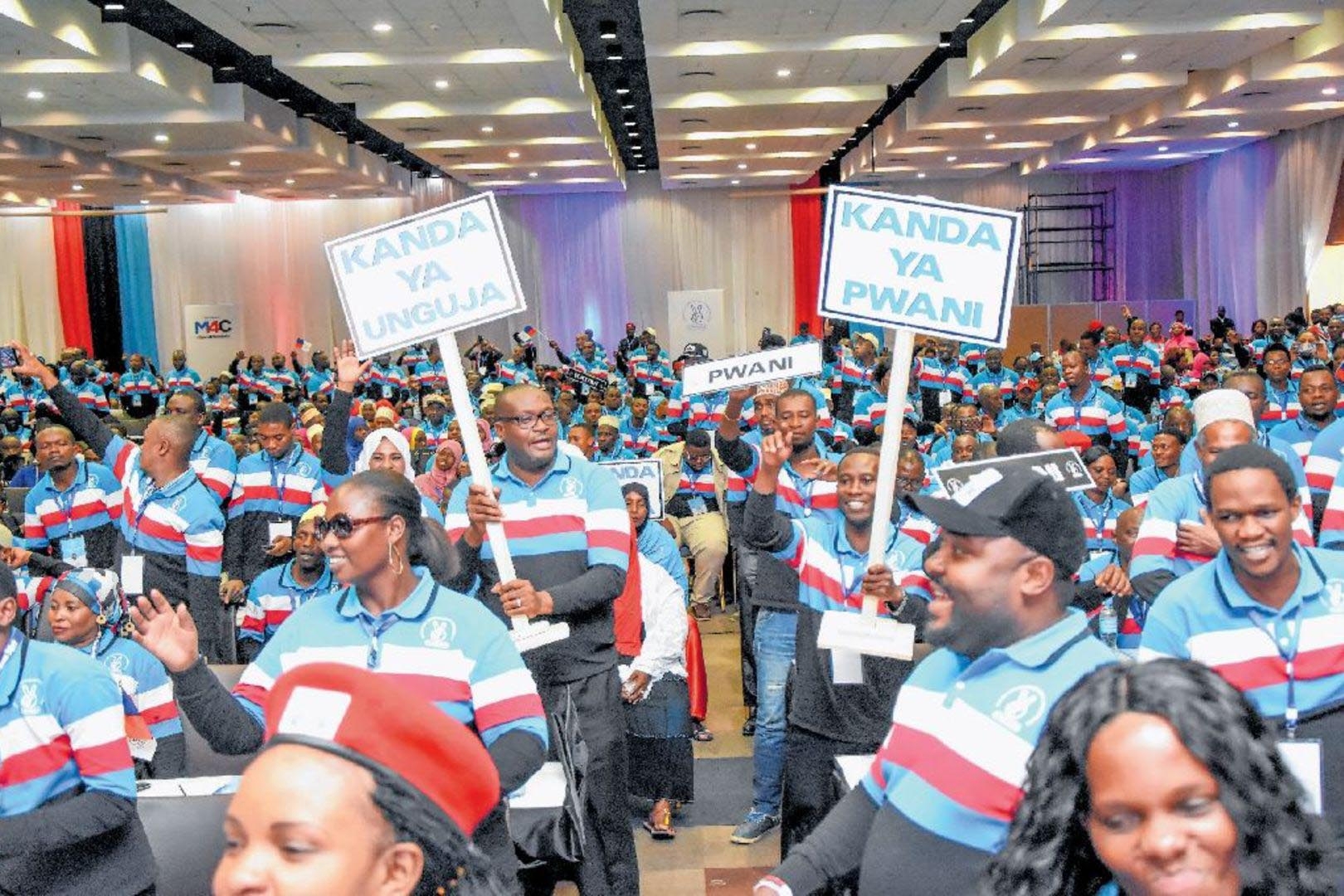Pros and cons of fee free education three years on

What you need to know:
- We look at the successes and failures of fees-free education three years after its implementation in public schools
Last month marked three years since the introduction of fees-free education policy in Tanzania. The policy, which meant to remove all forms of fees and contributions in government schools came along with the immediate release of Sh18 billion to support its implementation.
However, indirect costs such as school and sports uniforms and other scholastic materials remain a parent’s duty to provide. A recent survey conducted by Success to explore some of the headways made since the introduction of the policy has uncovered some pros and cons of fees-free education in Mbeya.
The survey also aimed at exploring the presence of the capitation guidelines, understanding them and uncovering whether there’s proper adherence to these guidelines. It further aimed at finding out how much parents, communities and the government contribute under the fees-free education policy.
Majority of the visited schools in Mbeya confirmed receiving capitation grant as well as understanding its guidelines. However, there still remain a lot of challenges that impede the government’s efforts to improve education standards in the country.
Challenges range from lack of clear understanding on the fees-free education policy by parents and the general community, to inadequate funding from the capitation vis-a-vis the number of pupils and students at a particular school, to finally the delay by the government to finalize construction of school buildings, leading to poor infrastructure, or lack thereof.
Keneth Amon is the headteacher at Mwangaza Primary School. He says, the school has 1,200 pupils but it gets Sh460,523 per month, far from the Sh720,000 required to cover all pupils.
“The amount of money given monthly by the government is not enough compared to the number of pupils we have. This is due to the fact that the government doesn’t give capitation grants to pupils who are under complimentary education programme,” says Amon.
He says the fees-free policy has contributed to the increase in number of enrolment, yet at the same time parents have stopped making contributions to schools to cater for some academic expenses.
Commenting on parents and community participation in connection to fees-free education, he says majority of parents do not have a clear understanding of what fee free education entails. As such, some have altogether abandoned their parental duties of following up on their child’s progress at school.
Mariana Njaudi is a parent whose child studies at Hayombo Secondary School. She says when the fee free education policy was introduced parents were happy that the heavy burden of paying school fees has been lifted off their shoulders.
The drawback to such progress is that some parents turn their attention to other activities and forget all about their children’s development at school.
Commenting on the prospects of parents contributing funds for school development, she says majority of parents are under the assumption that the government provides for everything, including books, uniform and other school-related requirements.
Julius Baraka, another parent whose child studies at Mwasanga Primary School, says before fee free education he used to contribute school fees, money for watchman, stationery, school and sports uniform. But since the introduction of fee free education he only buys stationery and uniforms.
“Despite being given guidelines on how to spend the capitation grant, it is still a challenge to take care of all expenses. Some pressing areas like rehabilitation of school infrastructure remain untouched for so long,” says Nandi.
The headteacher reveals that his school is short of 2 classrooms, tables and chairs, as well as well-functioning toilets for both boys and girls. The school has 9 classrooms but majority of them do not have windows and doors.
He further says since the school has no electricity, the available security personnel cannot manage to guard the whole premises in the dark, as a result school property gets stolen.
But even with such persistent problems, Nandi expects to get around 174 new students this year who’ve been selected to join his school. He wonders how the newcomers will be accommodated at a school that is already struggling as it is.
Increase in enrolment, decline in truancy
Keneth Amon says his school has a deficit of 21 classes. Before the fee free policy they used to enrol not more than 110 pupils a year. In 2016 they enrolled 194 pupils, in 2017 they enrolled 252 pupils and in 2018 they enrolled 174 pupils.
Apart from inadequate classrooms, desks are also an issue. Currently the school has 296 desks, while it needs 398 desks. This forces four to five pupils to seat on one desk while in class.
Nelusigwe Kajuni, Headmaster at Iwambi Secondary School, also says school enrolment has increased since the introduction of fee free education. He applauds the policy, however, he also points out that the success of such an arrangement requires good collaboration from all education partners.
He says the fee free education policy has helped cut back on the level of truancy,. Previously, a class with a total number of 80 registered students would see only 55-60 students attending classes. Presently, the same class sees an attendance of 70-75 students. “The fee-free education policy has contributed to the positive performance among students, a result attributed to good class attendance. However challenges remain, some of them are as a result of parents not attending school meetings to discuss matters concerning their children’s academics,” says Kajuni.
Mr Kajuni suggests that the government should focus more on providing equipment needed for teaching and learning rather than providing inadequate funding.
For example, he points that costs incurred during exams do not reflect those provided for in the guideline. This makes it difficult for schools to accommodate more students in each intake as required.
Esther Elias, a form 3 student at Iwambi Secondary School, says the introduction of fee free education has reduced pressure on students as they are no longer suspended from classes due to failure to clear school fees.
She says she is glad that finally no one bothers them with demand for school fees, however, she confirms that majority of parents do not make a follow-up on their children’s education.
Speaking to Success, Mbeya City Council Director, James Kasusura, says the introduction of fees-free education policy has resulted in so many positive outcomes as pointed out by teachers, however a lot still needs to be done by parents to make the learning environment conducive for their children.
“I have witnessed parents refusing to pay for food expenses for their children at school, some would give the money to the student rather than contributing to the school management,” says Kasusura.
Among the six visited schools in Mbeya, all teachers and pupils admitted to having a challenge with parents’ participation in school-related matters.
But also, all of the surveyed schools didn’t have enough classes, good toilets, good infrastructure, good accommodation as well as enough teachers.
Unfinished school structures
The burdens facing public schools under the fee free education era go beyond issues of limited manpower, parents not involving themselves in their children’s education, or limited understanding of the fee free education policy. One of the biggest challenges is lack of enough classrooms to accommodate the growing number of students enrolled in each intake.
Parents used to mobilise themselves to build school structures, but they lacked enough support from the government.
Nelusigwe Kajuni, headmaster at Iwambi Secondary School, says that his school, which has 13 classes, has a deficit of four rooms.
He says, before the fee free policy parents teamed up following government directives, to build classes up to renter level, and the government was supposed to finish the rest of the construction. This was done as a way of working together to improve the quality of education.
“Parents worked hard to construct classes in different schools up to the agreed level, but most structures still remain unfinished to date due to the government’s failure to complete construction. Efforts to follow up (from the government) on why they haven’t finished construction of these structures were in vain,” says Kajuni.




